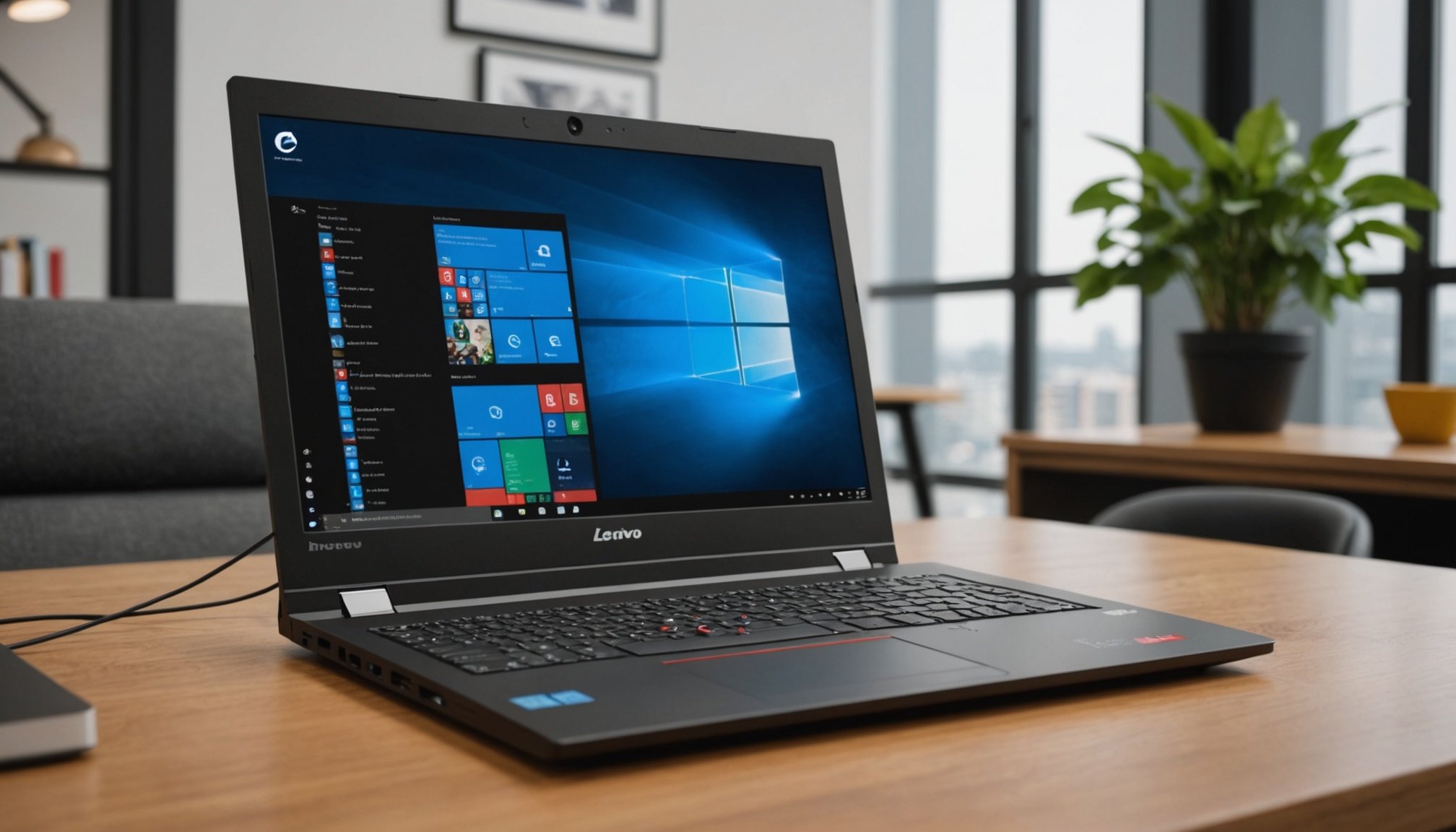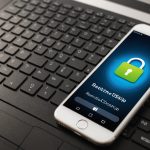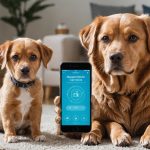Overview of Secure Remote Desktop Connection
Securing a remote desktop connection is essential for protecting data and maintaining privacy. Secure Remote Desktop solutions prevent unauthorized access and potential data breaches, which is why they are critical for both individuals and businesses. Insecure connections can lead to cyberattacks, where sensitive information may be compromised. Hence, understanding secure solutions is imperative.
The Lenovo ThinkCentre M90n offers robust features that cater to secure remote access needs. It comes equipped with enhanced security capabilities suitable for both business and personal use. Its design ensures efficient and secure connectivity that supports various remote tasks. The M90n is crafted to provide a seamless Connection Overview, merging high performance with security.
In parallel : Step-by-Step Guide to Setting Up a VoIP System with Cisco SPA112 and Synology NAS
Businesses often rely on secure remote desktop connections to enable employees to work from anywhere, increasing productivity and flexibility. On a personal level, such connections allow individuals to access their home computers securely while traveling or during emergencies. They enable troubleshooting and access to necessary files or applications remotely.
By opting for solutions like the Lenovo ThinkCentre M90n, users gain not only high-speed processing and secure connections but also confidence in their digital safety. This balance of performance and security is crucial in today’s interconnected world.
Also to discover : Step-by-Step Guide to Set Up and Optimize Your Thunderbolt 3 Dock with a Dell XPS 13 for Enhanced Connectivity
Preliminary Setup Steps
Before diving into Remote Desktop Configuration on your Lenovo device, it’s crucial to carry out some initial setup steps to ensure a smooth process.
Checking System Requirements
Start by verifying your Windows version is compatible. Windows 10 Pro or newer versions, such as Windows 11, are typically required for remote access. Also, ensure your device has sufficient RAM and processing power for optimal performance.
Enabling Remote Desktop Feature
To enable remote access, access your system settings by navigating to “Settings” > “System” > “Remote Desktop.” Here, toggle the switch to enable remote desktop features. You may also need to allow connections from devices running any version of Remote Desktop (less secure) or ensuring only connections with Network Level Authentication (more secure).
Configuring Network Settings
For smooth connectivity, ensure your network settings are correctly configured. Go to “Settings” > “Network & Internet” > “Status” and confirm your device is connected to a secure and stable network. You may need to configure firewall settings to permit remote connections. Keep in mind that wired connections are typically more reliable than wireless ones.
By ensuring these initial steps are meticulously followed, your Lenovo setup for remote access will be efficient and reliable for future use.
Security Measures
Ensuring your remote access security begins with using a Virtual Private Network (VPN). A VPN masks your IP address, encrypting data to secure your online activity. This ensures your sensitive information remains safe from prying eyes. To maximize protection, always connect through a trusted VPN provider with a no-logs policy.
Configuring firewall settings is another critical step for optimal security. Begin by enabling your computer’s operating system firewall, which acts as a first line of defense. Set rules that block unsolicited inbound traffic while allowing outbound connections needed for your everyday activities. Regular firewall updates can shield your system against newly discovered vulnerabilities.
Enhancing security further involves setting strong passwords. Ensure your passwords are at least 12 characters long, using a mix of letters, numbers, and symbols. To boost security, enable two-factor authentication (2FA) whenever possible. Two-factor authentication adds an extra verification layer when accessing accounts, requiring information beyond just a password.
By effectively managing these vital security components—VPNs, firewalls, and authentication—you safeguard your personal data and maintain the privacy necessary in today’s digital landscape. Prioritizing these measures is essential for anyone concerned about maintaining robust online security.
Software Recommendations
When choosing remote desktop software, it is important to consider compatibility features, ease of use, and system requirements. Some platforms offer unique features that might align better with the Lenovo ThinkCentre M90n.
Comparison of Remote Desktop Applications
Several recommended tools are available for remote desktop access. TeamViewer is widely praised for its versatility and robust security measures, making it suitable for both professional and personal use. AnyDesk offers a lightweight alternative with a focus on speed and efficiency, while Chrome Remote Desktop provides a user-friendly, browser-based solution that integrates seamlessly with Google’s ecosystem.
Synergy with Lenovo ThinkCentre M90n
The Lenovo ThinkCentre M90n, known for its compact size and powerful performance, pairs effectively with most remote desktop software solutions. However, ensuring the hardware’s specifications match the software requirements is crucial for optimal performance. Compatibility with Windows 10 or later is typical, meeting Lenovo’s default operating system standards.
Installation and Configuration Tips
To set up remote desktop software on the ThinkCentre M90n, begin by downloading the chosen platform’s installer. Follow these instructions:
- Ensure all system updates are installed for security and stability.
- Install the software following on-screen prompts.
- Configure network and security settings for secure access.
Following these steps ensures a hassle-free setup and efficient remote access experience.
Troubleshooting Common Issues
Remote desktop troubleshooting can sometimes feel overwhelming, but understanding common hurdles can make problem-solving smoother. When facing Lenovo connection issues, one frequent problem is the device not connecting to the remote server. This often arises from network discrepancies. Checking Wi-Fi strength and ensuring the network meets system requirements can resolve these issues quickly.
Diagnosing performance issues during a remote session requires attention to detail. Lagging responses may result from high CPU usage or insufficient bandwidth. Tools like Resource Monitor can help track performance bottlenecks. Reducing bandwidth usage by closing unnecessary applications also enhances speed, leading to a more seamless experience.
Tools play a crucial role in improving remote access performance. Software like TeamViewer and Chrome Remote Desktop provide metrics that help identify connectivity problems. These applications offer user-friendly diagnostic features that monitor network stability, ensuring efficient remote desktop troubleshooting.
Finally, regularly updating drivers, checking firewall settings, and using reliable antivirus software are essential components of problem-solving and maintaining a stable remote desktop environment. By addressing potential obstacles proactively, users can rely on consistent connectivity and minimise disruptions during remote sessions.
Best Practices for Remote Access
Implementing remote work best practices can significantly enhance security and efficiency. Let’s explore how.
Regular Software Updates
Keeping software up-to-date is a fundamental practice for safeguarding remote desktop systems. Outdated software can be vulnerable to security breaches. By consistently updating software, you close known vulnerabilities and improve remote desktop optimization. These updates often include patches for security flaws identified by developers.
Managing User Permissions
Another critical aspect is managing user permissions effectively. Assign users appropriate access levels for their specific roles. This ensures that sensitive data is only available to those who need it, reducing the risk of accidental or malicious data breaches. Regularly review and update permissions as roles change to maintain optimal security.
Monitoring for Unauthorized Access
Implement monitoring tools to detect any unauthorized access attempts. These tools can alert you to suspicious activities, allowing you to respond swiftly. Establishing a protocol for monitoring ensures ongoing security vigilance and helps maintain the integrity of your system. Consider setting up automated alerts for immediate notification when unusual activity is detected.
By adhering to these practices, businesses can optimize their remote work infrastructure and safeguard critical information.











